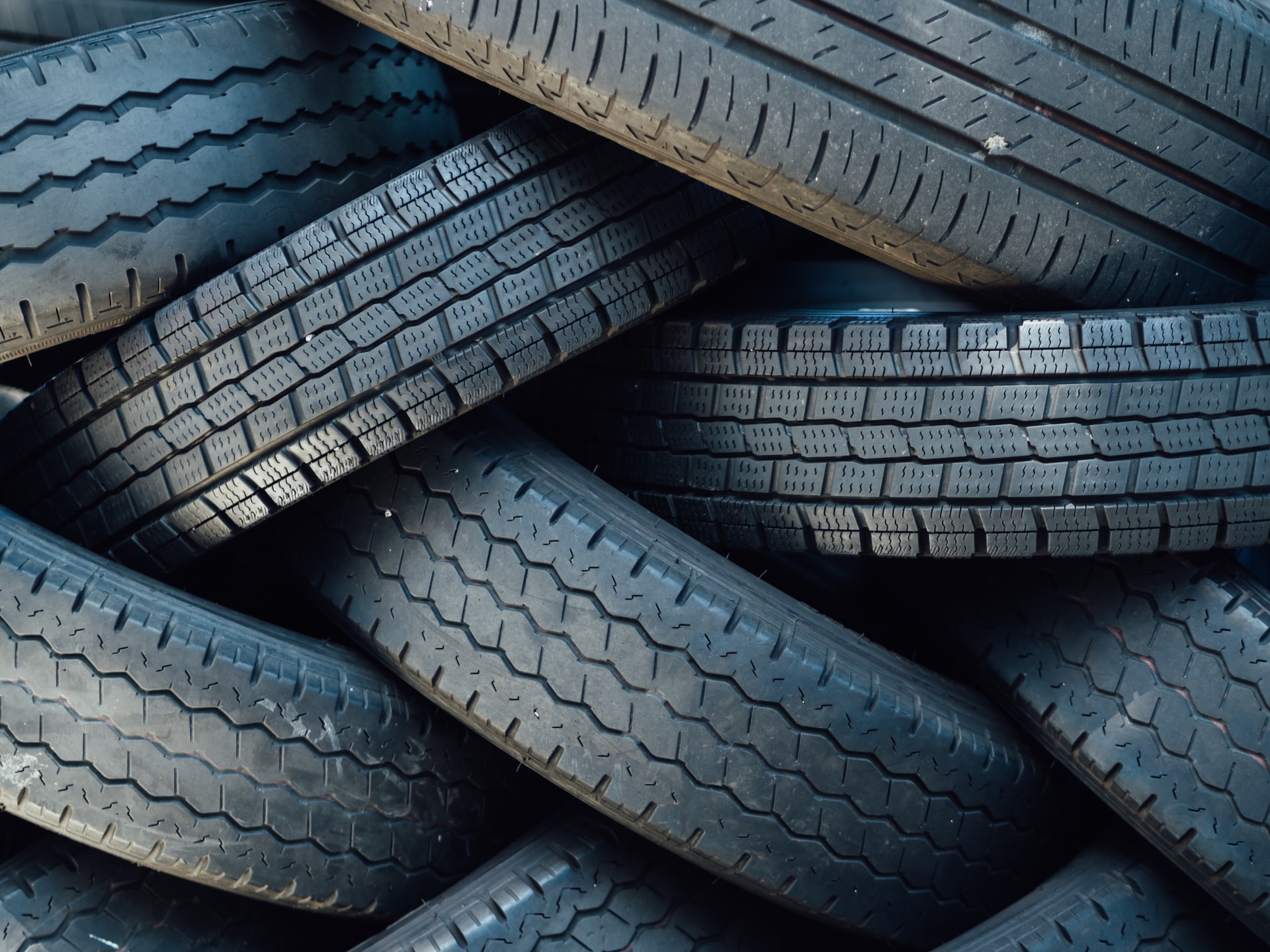3 tips on choosing good tyres

Good tyres are essential for a comfortable, safe ride. But most people find tyre shopping to be a confusing or even a frustrating process. There are many types of tyres available for most vehicles, each with its own treat patterns and other features you might not fully understand. With the proper knowledge you can make a more informed decision about your next set of tyres, helping save you some grief and hopefully some money.
Read more: 5 tyre maintenance tips to help them last longer
1. Finding good tyre markings
All tyres have a series of special markings on them. Those markings on a tyre tell all kinds of information about the tyre, which is why people at tyre shops pay so much attention to them. The letter at the beginning of the series of characters indicates the type of tyre. For example, “P” means the tyre is for a passenger vehicle, while “LT” means it is for a light truck.
The number after that, which is typically three digits long, is the width of the tyre in millimeters, as measured from sidewall to sidewall. A forward slash separates the tyre’s width from the aspect ratio, or the measurement of the tyre’s height in millimeters.
The letter that follows the aspect ratio indicates the tyre’s method of construction (most modern tyres are radials and so are marked with an “R”). The number after the method of construction shows the diameter of the wheel the tyre is designed to be mounted on.
Some tyres have an arrow on the side, which should point toward the front of the vehicle for the tyre’s, tread to be pointed in the correct direction. Another set of numbers on the tyre sidewall show how much weight the tyre can support and the maximum amount of air pressure the tyre can handle.
2. Figuring out what tread patterns to use
Tyres have different tread patterns to help with gripping ability. In dry conditions a completely smooth tyre would grip the road’s surface the best, but since vehicles drive on wet surfaces at least some of the time, they must have a tread or grooves cut into the tyres’ surface.
These grooves actually send water or other forms of precipitation in controlled directions, keeping the tyre pressed against the road instead of floating on the water. Summer tyres typically have fewer grooves or treads, which are also fairly shallow.
Wet weather tyres have more grooves that are cut deeper into the tyre to accommodate large amounts of water on the road. The more grooves are cut into a tyre and the deeper the channels, in general the noisier the tyre will be while traveling down the road. This noise increases the faster the vehicle travels.
3. Understanding asymmetrical tyre tread characteristics
Tyres that are asymmetrical have a tread that does not look the same on both sides of the tyre. With symmetrical tyres you can literally split the tyre’s tread in half fold one half over the other and the tread patterns would line up with each other.
All asymmetrical tyres have a marking such as “outside” or “this side out” on the side of the tyre to indicate how the tyre should be mounted on a vehicle’s wheel. Asymmetrical tyres are designed to have half of the tread be optimal for dry weather driving while the other side is ideal for wet conditions.




